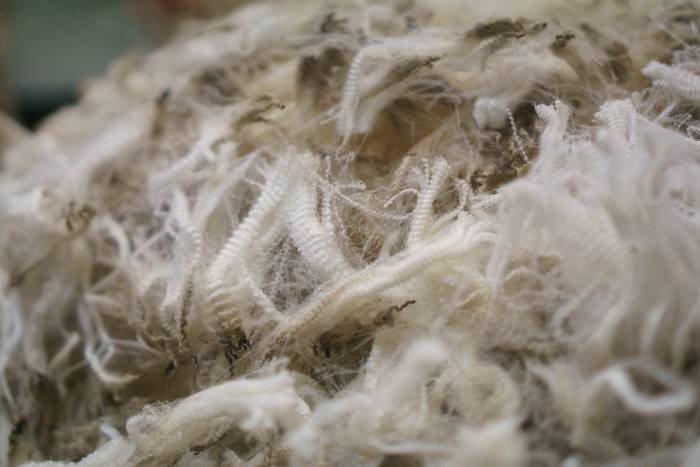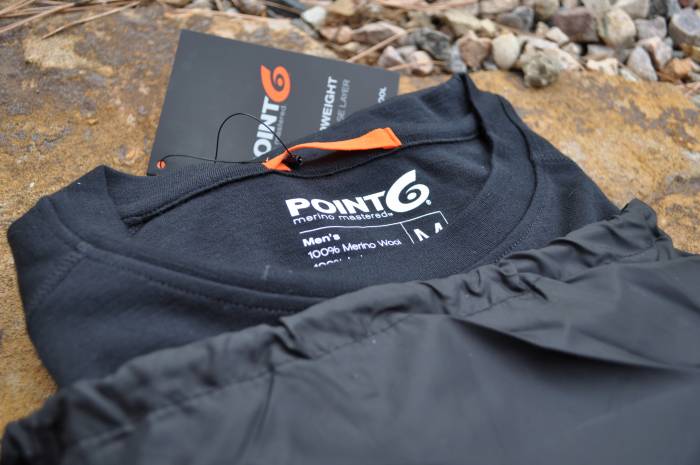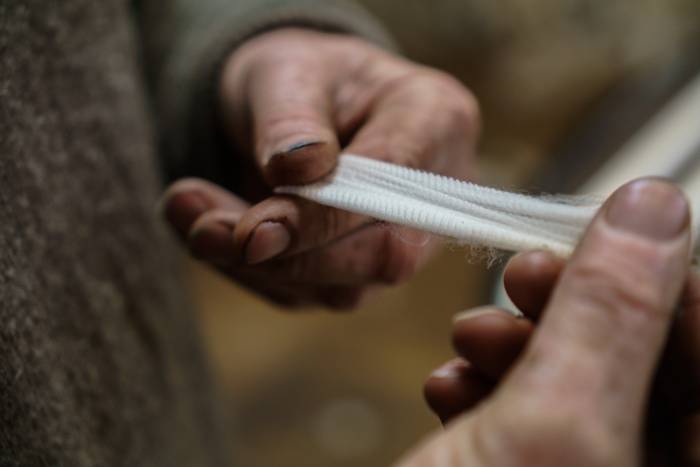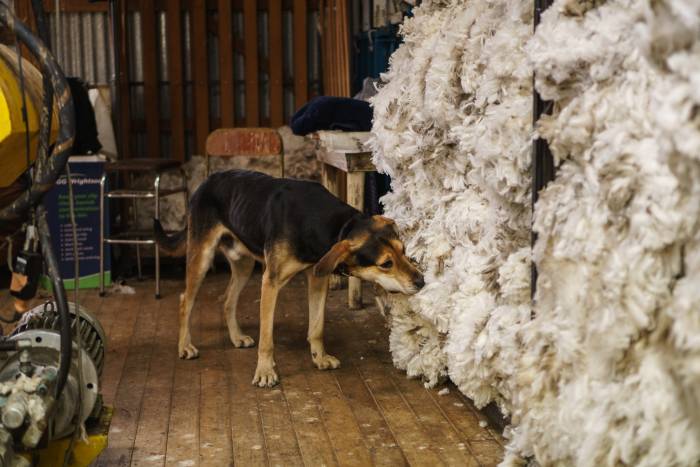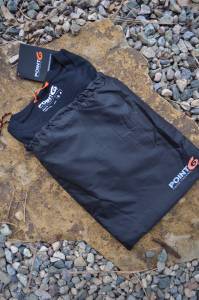Point6 Merino: The Godparents of Wool Release Base Layers
Long before globalization, smuggling a merino sheep out of Spain was punishable by death. Fortunately for those who play outdoors these days, several channels exist for obtaining merino — without losing your head.
Merino wool is well-known in the active outdoor community. At least as far back as the 1950s, winter cycling jerseys, previously mainly produced in Europe, found their way to the U.S. in minute quantities. However, it wasn’t until ski instructors Peter and Patty Duke founded Smartwool in 1994 that merino jumped into the public’s stream of consciousness.
The Dukes were onto a good thing, and others recognized it. Smartwool was eventually purchased by Timberland and then by VF Corp, where it lives on today.
While the outdoor and general consumer markets are familiar with merino wool, very few have an appreciation for how it gets to market. Your enjoyment of merino wool garment depends on the integrity of the brand selling it. Obtaining suitable fibers involves a lot of hand-combing of sheared wool in drafty barns. This translates into a lot of unusable fibers and a premium cost for truly high-quality goods.
Although that $30 base layer in a warehouse store says “merino wool” on the box, it will have little in common with that $100 piece from a brand that does just merino. In this case, you definitely get what you pay for.
Point6 Introduces Merino Wool Base Layers
Which brings us to Point6’s entry into the base layer market. When my Point6 base layers arrived, they were packed in a reusable stuff sack with an accessory cord drawstring and a quality control clamp. Nice touch.
That touch is consistent with the Dukes’ attention to detail.
When I took the garment out of the stuff sack, it immediately impressed me with its softness. That is where you appreciate the person combing fibers in the drafty barn. With an average micron reading of 18.2, Point6’s base layers use the most premium merino wool available. (For comparison, a human red blood cell is about 5 microns.)
Merino Wool 101: What You Need to Know
The average micron diameter of a fiber from a merino sheep is dictated by a number of factors: breeding, diet, and the amount of moisture in their environment. Sheep in dry climates tend to produce a finer, more desirable fiber. When sheared, a typical merino sheep yields 10.5 pounds of gross fiber. This nets about 6.5 pounds after combing out various “organic” materials.
But all 6.5 pounds aren’t the finest, most highly desirable fibers. Further combing sorts courser fibers bound for industrial uses and socks. Keep in mind that the number that any brand states is an average. The more combing, the finer the fiber, and the more expensive it is as both raw material and finished product.
Compact Spinning
The other attribute worth noting is compact spinning. A soft hand in a merino wool garment is achieved in one of two ways: Use the best wool possible and compact spin, or use lower-quality wool without compact spin. Both will create a garment with a soft hand. But the garment that skimps on compact spinning won’t be as durable.
Compact spinning happens when individual fibers combine to make yarn. At the point where the fibers become yarn, suction nozzles come into play. This suction pulls fiber ends back into the yarn, where it’s less likely to become loose through wear and washings. The garment whose yarn is not compact spun? Picture a dog shedding. That’s what happens to your garment every time you wear or wash it.
Wool fibers that average 18.2 microns are expensive as a base material. Using wool that is larger in diameter, easier to grow, less labor-intensive to sort, and less expensive is simply a measure some brands take to maximize profitability or meet a price point. To achieve a luxuriously soft hand, it often isn’t compact spun, which compromises the garment’s lifespan.
How do you know the quality of wool that a brand uses? Or whether it’s compact spun? Simply call and ask customer service. If they don’t know, that brand likely hasn’t trained their people — or they have something to hide.
Those questions are as basic to wool sourcing and production as the weight of oil used when you get an oil change. It’s ubiquitous language in the vernacular of wool. You wouldn’t go to get an oil change at a place where they used a random weight of oil. Don’t spend $100 on a merino garment that might be made of a random assortment of fibers.
Point6 Base Layers: Spot-On Performance
From a fit standpoint, Point6’s base layers seem to be spot-on with what you’d expect. I find that I fit everyone’s “medium” well. If I’m purchasing a cycling kit from a European brand, I can expect it to be a bit snug. If it is a camo kit for waterfowl hunting, it will be baggy on me. Across the spectrum of most outdoor brands, however, medium is my size. Point6’s base layers were perfectly tailored with ample shirt hems that keep belly shots to a minimum. And the stitching and finishing were exceptional.
I used the crewneck, zip tee, and bottoms from Point6.
With Point6’s entry into the base layer market, many established brands have a new contender that has just raised the bar. And while those other brands may be well-established, they likely can’t match the tenure or gravitas of the Godfather and Godmother of merino.



